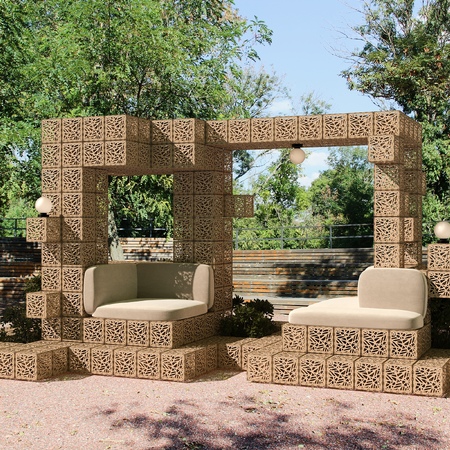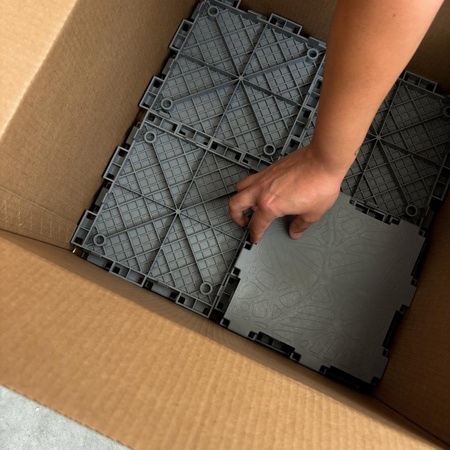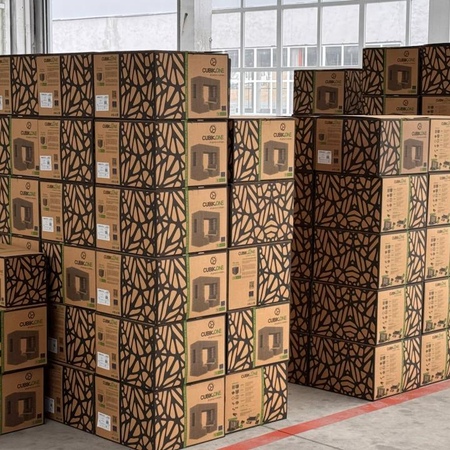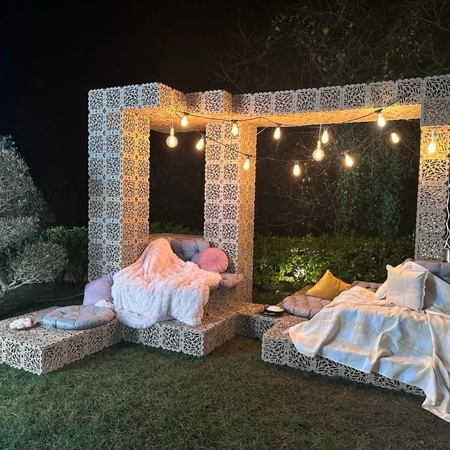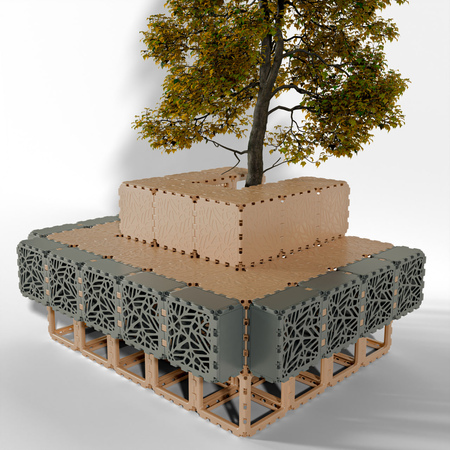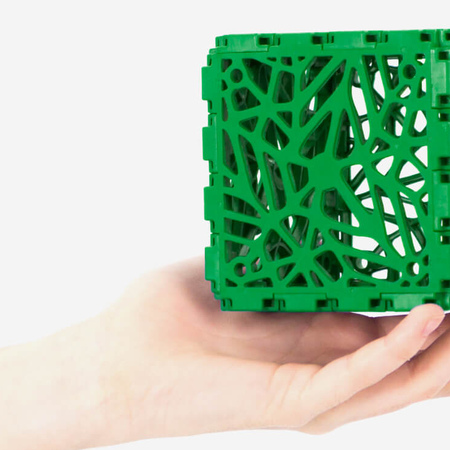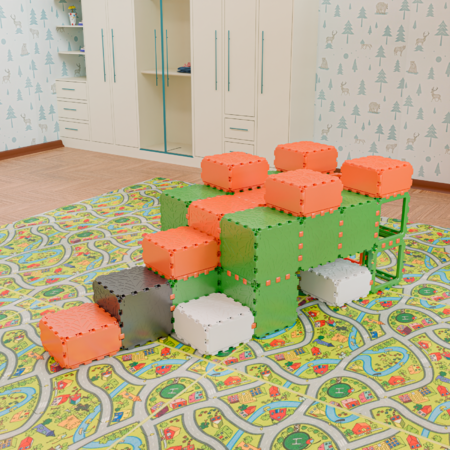In a world where sustainability is no longer optional but essential, innovative solutions are reshaping the way we design, build, and use spaces. Modular building systems like those created by Cubik.One are revolutionizing the concept of eco-friendly design, making it easier than ever to embrace environmental responsibility without sacrificing functionality or style. These systems embody the principles of durability, reusability, and adaptability, addressing the urgent need for sustainable practices in both residential and professional environments.
Durability as a Cornerstone of Sustainability
One of the key traits of sustainable design is longevity, and this is where Cubik.One excels. The use of high-quality materials ensures that each modular component is built to last, reducing the need for frequent replacements. Traditional designs can wear out quickly, often resulting in waste that contributes to environmental degradation. Modular systems, by contrast, endure the demands of daily life, resisting wear and tear while maintaining their form and function.
Cubik.One’s durable modular panels, frames, and connectors are designed not only to handle years of use but also to remain aesthetically pleasing. This durability extends the lifecycle of the materials, limiting the consumption of raw resources and curtailing waste at every stage—from production to end-of-life disposal.
Reusability: Reducing Waste, Maximizing Efficiency
Where traditional building methods often lead to waste—materials cut to fit one specific purpose or discarded after renovation—modular systems redefine what it means to create efficiently. Cubik.One’s components are designed with reusability in mind, allowing them to be assembled, dismantled, and reassembled in new configurations as often as needed.
For example, a set of modular panels used in an office divider today can become a part of a collaborative work pod tomorrow or a standalone display system for an event next month. The possibilities are nearly endless, which means nothing goes to waste. Instead of tearing down walls or throwing away excess materials, users can simply repurpose the same components, saving time, effort, and resources.
This infinite reuse not only reduces waste but significantly lowers the carbon footprint of any project. Designing for reuse also aligns with the global push toward circular economies, minimizing raw material extraction and waste output while maximizing the lifespan of every component.
Adaptability That Supports a Greener Future
The adaptability of Cubik.One’s modular systems isn’t just a matter of convenience; it’s a game-changer for sustainable design. As spaces evolve to meet new requirements—whether it’s downsizing, upscaling, or repurposing—traditional fixed designs often become obsolete. Renovations mean tearing down old setups, discarding what can’t be reused, and starting from scratch. Cubik.One eliminates this cycle entirely.
Rather than demolition, Cubik.One promotes transformation. Need to rearrange your space for a new purpose? The modular system makes it easy to build something completely new using the exact same components. This adaptability ensures that no space is ever wasted and no design becomes outdated, offering a greener, cost-effective alternative for both small-scale renovations and large-scale projects.
Furthermore, their lightweight modular panels require fewer resources to transport and less labor to install compared to traditional building materials, further reducing the ecological footprint of creating and updating spaces.
Materials That Matter: Building with a Conscience
Cubik.One is committed to sustainability not just through functionality but also through material choices. Most modular systems are crafted from eco-friendly, recyclable materials that minimize harm to the environment. These materials are free from harmful chemicals, making them safe for both the planet and the people who use them.

The production processes also emphasize sustainable practices, ensuring minimal waste is generated during manufacturing. Furthermore, because modular panels and frames are designed to last, fewer raw resources are extracted over the long term to create replacements.
Additionally, the recyclability of these materials means that even when a component has finally reached the end of its lifecycle, it won’t end up in a landfill. Instead, materials can be reintegrated into new products, ensuring a closed-loop production system that prioritizes environmental responsibility.
Why Modular Systems Are the Future
The environmental benefits of modular building systems extend beyond the individual. Imagine entire urban projects being developed through modular means: buildings that adapt with their environments, offices that evolve with changing workforce demands, or homes that grow alongside families. These visions are not just possible—they’re sustainable and efficient. By adopting modular solutions like Cubik.One, companies, homeowners, and institutions can significantly lower their ecological impact while embracing innovation and creativity.
One of the most significant advantages is the scalability of modular systems. Whether for a small art studio or a large corporate office, Cubik.One’s design philosophy ensures that every solution is as elegant as it is environmentally friendly. Sustainable design doesn’t have to be an afterthought—it can be at the heart of every space, beautifully integrated with form and function.



